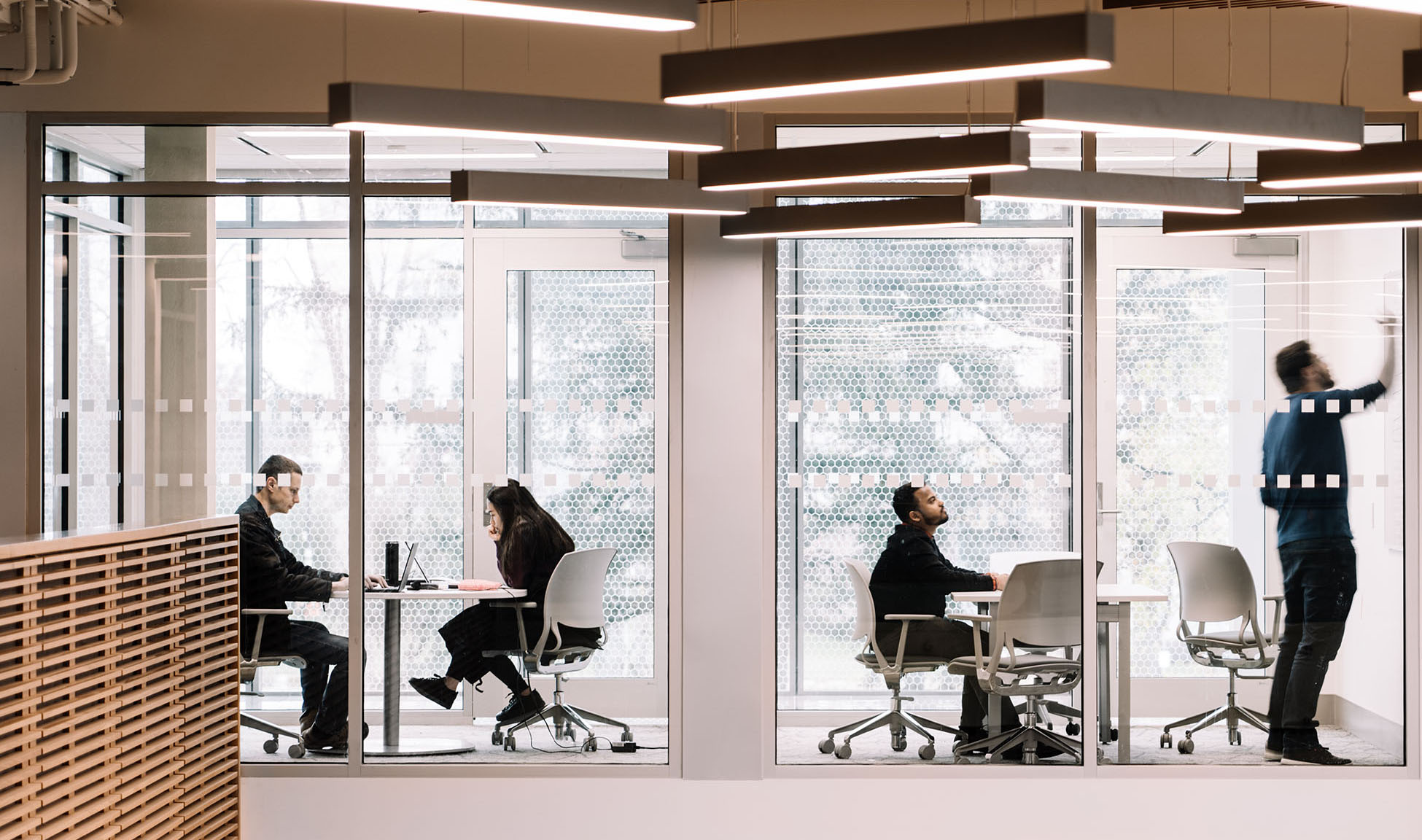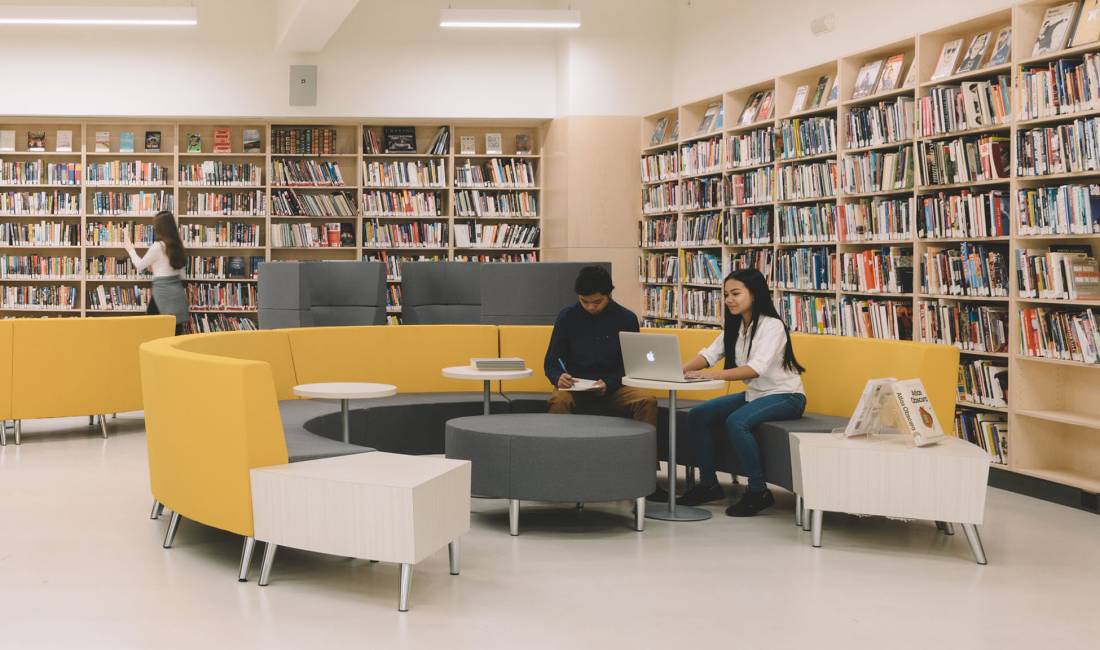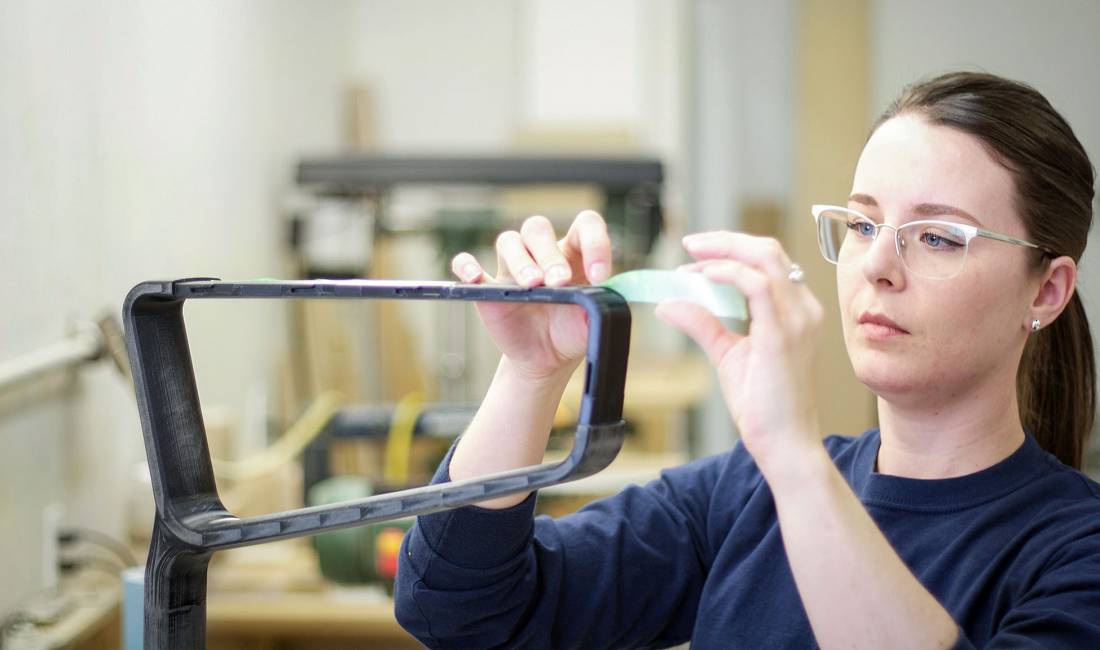Great Expectations: Reimagining the Higher Education Experience Post-COVID
Trend, COVID-19 | May 10, 2022
COVID-19 has shifted our expectations and expanded the conversation about what truly defines a valuable educational experience from a student’s perspective. While remote learning enabled students to continue with their education during the pandemic, it has proven to be no replacement for the campus experience that so many students covet.
As students return to campus with new expectations, how will higher learning institutions take the lessons learned during the pandemic to create a more engaging and valuable education experience?
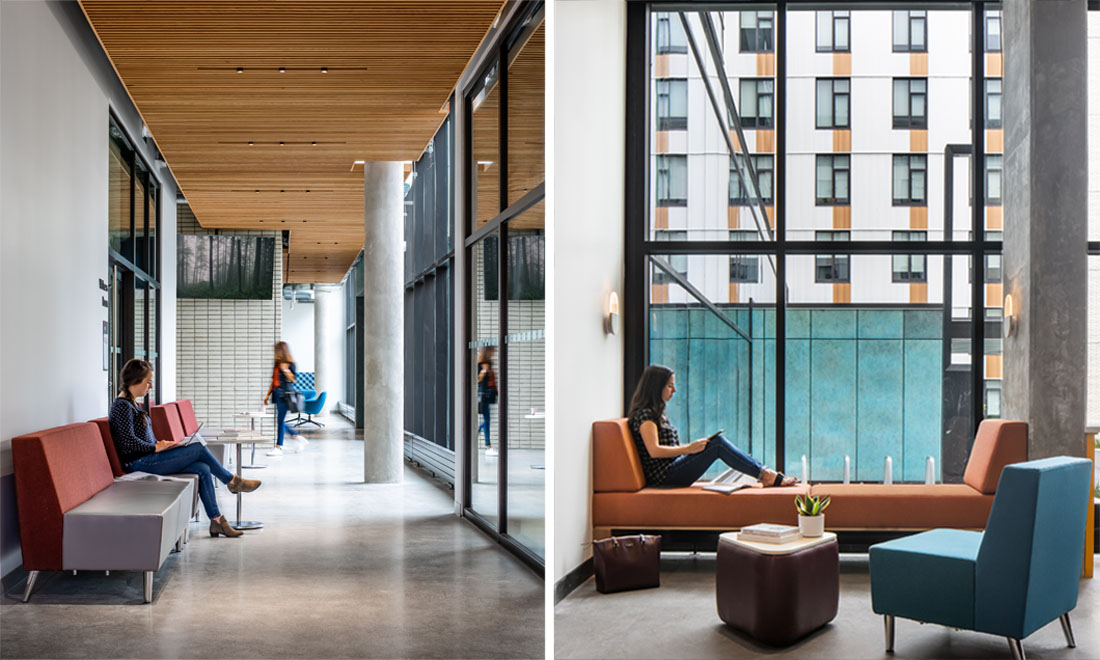
Simon Fraser University
Hybrid Learning Here to Stay
The pivot to online learning has been both a positive and negative experience for many students. Many have experienced isolation, loneliness and increased anxiety as a result of being fully remote and disconnected from their peers and professors.
However, digital learning hasn’t been all bad.
Online learning has allowed for more personalization of the curriculum—enabling professors to deliver the right lesson to the right student at the right time to match the student's learning style and skill level.
Digital learning has supported student-centered learning like the ability to access on-demand lectures, rather than sitting in large theatres at set times. The ability to receive personalized recommendations based on a student’s interests and goals for a course has also been made possible. Online learning has allowed for more personalization of the curriculum – enabling professors to deliver the right lesson to the right student at the right time to match student’s learning style and skill level.

George Brown College
Student Expectations for In-Person Learning Are Shifting
While digital learning will stay in some shape or form, most students do not want a fully digital education experience. Students have identified collaboration, connection and community as critical aspects of learning that best happen in-person.
However, as students return to campus, they now expect a continuation of the personalization they experienced online, combined with an environment that supports community, facilitates collaboration and nurtures health, wellbeing and inclusion.
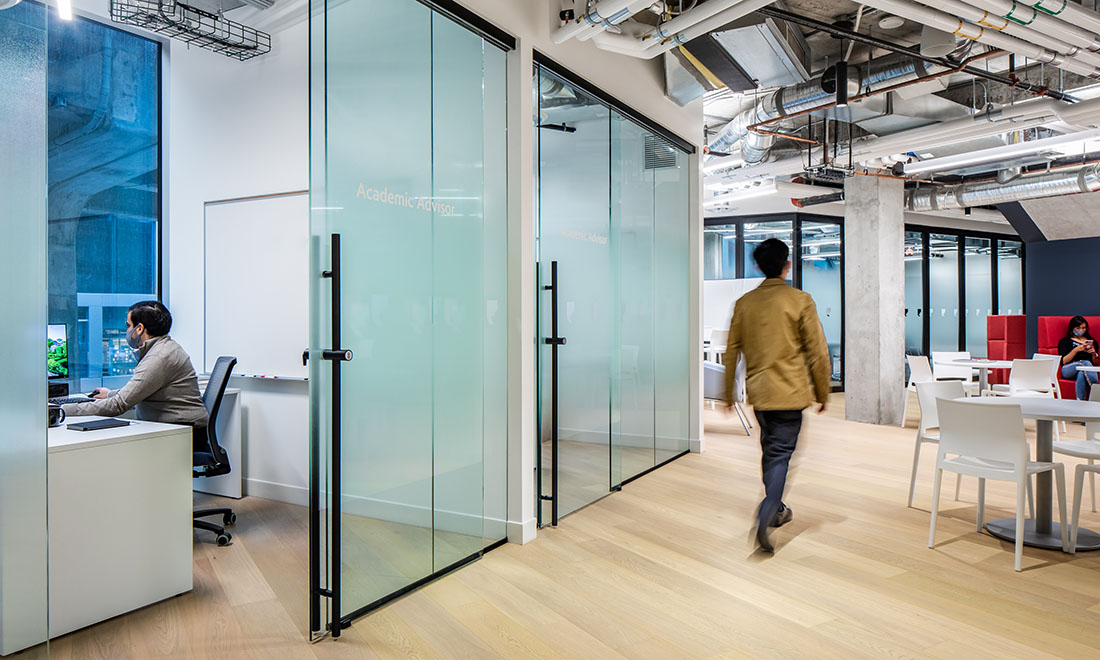
University Canada West
Creating Environments that Support Personalization, Connection and Wellbeing
In response, institutions need to adapt their campus model to prioritize those high-value, connective experiences students now expect. What does this mean for the built environment? It means designing into the campus more space for personalization, connection and wellbeing like:
- Linger spaces for students that arrive early or stay late after class to facilitate connection and conversation with their professors or fellow classmates
- Rapidly reconfigurable classrooms that enable faculty to personalize space for their curricula as well as create community through discussion and interaction among students as part of active learning modes
- Atriums that serve as academic “living rooms”, comfortable spaces that promote community, inclusion and comfort
- Interconnected spaces between departments to foster research innovation by sparking curiosity and connection across disciplines
- Mixed, inclusive spaces that integrate classrooms, housing, recreation and retail into one building to encourage students to get out of their rooms and immerse themselves in campus life for their mental health and wellbeing
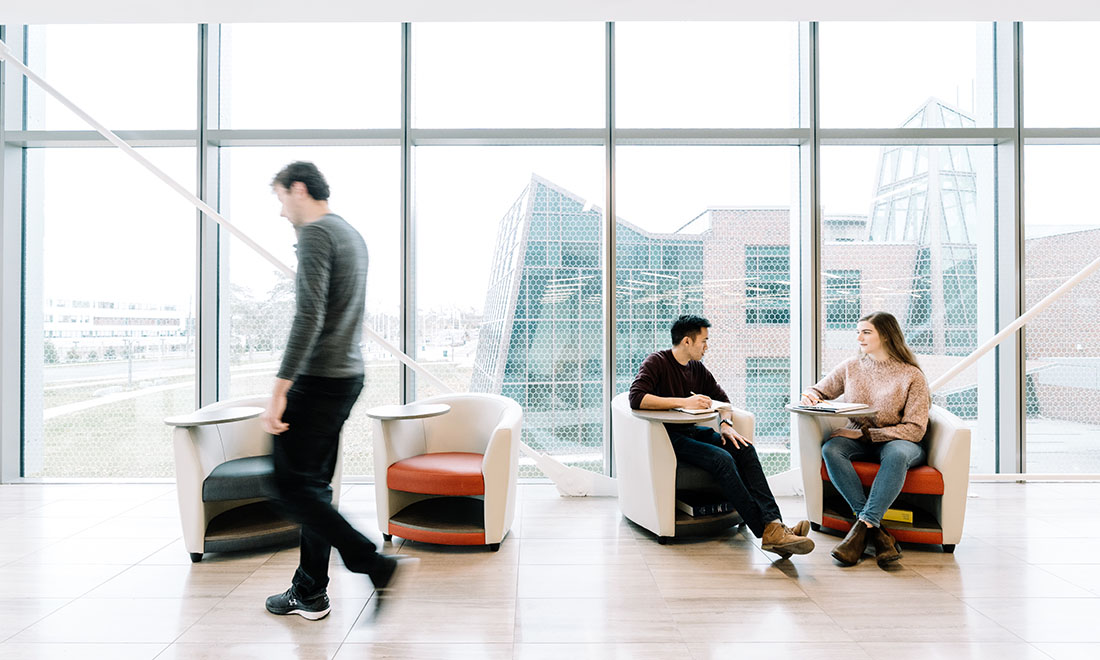
Mohawk College
To attract the next generation of students, it will be critical for higher education institutions to support experiences that create more engagement, relevance, and value. Taking the lessons learned during the pandemic, we can design better higher learning environments where students won’t simply survive, but also thrive in the years to come.
Enjoy this article? Don't forget to share.


